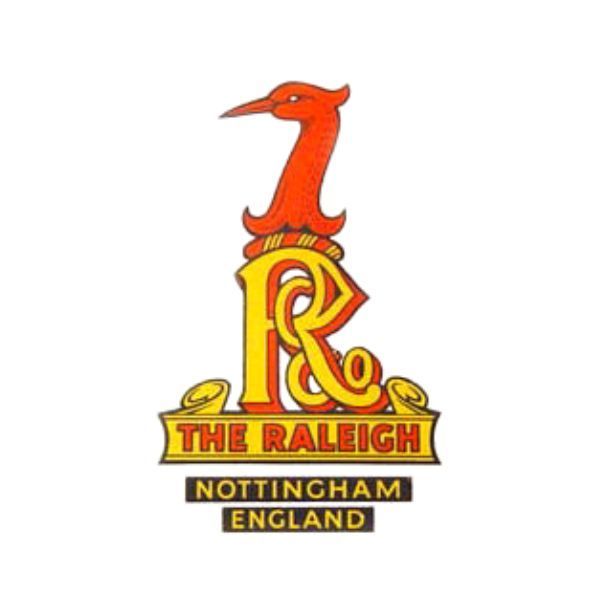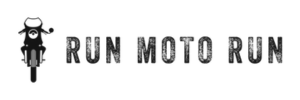Raleigh
When most people hear the name Raleigh, they think of bicycles—the Nottingham-based company that became a household name across the globe for its two-wheeled pedal-powered machines. But tucked away in the company’s long and storied history is a fascinating chapter about its time as a motorcycle manufacturer. Although Raleigh’s venture into motorcycling was relatively brief compared to other British brands, it played a formative role in the early days of motorized transport and left behind a legacy worth remembering.

From Pedals to Pistons: The Early Days
Raleigh was founded in 1887 by Sir Frank Bowden, and by the end of the 19th century, it had grown into one of the largest bicycle manufacturers in the world. Like many bicycle companies of the era, Raleigh was quick to experiment with motorization. Around 1899, they began testing motor-assisted bicycles, and by 1902, Raleigh officially entered the motorcycle market with a model powered by a Minerva clip-on engine. This was a common approach at the time—bolting a small engine onto a reinforced bicycle frame to create one of the earliest forms of motorized personal transport.
These first Raleigh motorcycles were simple, light, and utilitarian—ideal for a market just waking up to the possibilities of combustion engines. The company recognized the growing appetite for powered mobility, and it wasn’t long before they began producing more robust machines specifically designed to house engines, rather than adapting bicycle frames.
The Growth Years: Raleigh in the 1920s and 1930s
World War I temporarily slowed Raleigh’s motorcycle efforts, as the company, like many others, pivoted to support the war effort. But the interwar years saw a major expansion in their motorcycle production. By the 1920s, Raleigh was manufacturing a variety of purpose-built motorcycles using both proprietary and third-party engines. These included motors from well-known suppliers such as MAG (Motosacoche of Switzerland) and J.A. Prestwich (JAP) of the UK.
Raleigh’s motorcycles ranged from small 175cc commuter bikes to powerful 800cc machines designed for sidecar use. One notable example is the 1921 Raleigh 998cc V-twin, which delivered strong performance and was well-regarded for its reliability. The company produced several single-cylinder models throughout the decade, such as the 1928 350cc side-valve bike and the 1930 Model 14—bikes that were simple to maintain, solidly built, and perfect for daily riders or light commercial use.
During this time, Raleigh was also exploring mechanical improvements and styling innovations. Some of their models incorporated early forms of suspension and more modern tank designs, signaling the company’s awareness of both performance and rider comfort.
The End of the Road
Despite a promising lineup and a reputation for reliability, Raleigh’s motorcycle division couldn’t escape the broader economic pressures of the 1930s. The Great Depression had hit the industry hard, and Britain’s motorcycle market was oversaturated, with more than 80 different manufacturers competing for market share. Rather than continue in a cutthroat and contracting market, Raleigh made the strategic decision in 1933 to wind down its motorcycle production. By 1935, the company had fully exited the motorcycle business.
This wasn’t a retreat so much as a re-focusing. Raleigh doubled down on its strength in bicycles and, later, lightweight mopeds—segments where it maintained market dominance for decades to come.
Raleigh’s Lasting Legacy in Motorcycling
Though Raleigh’s motorcycle production lasted little more than 30 years, its contribution to the British motorcycling story is significant. The company was part of the first wave of British manufacturers to bring motorized transportation to the public and helped lay the groundwork for future innovation in the industry. While Raleigh never competed in the same sporting or performance leagues as BSA, Norton, or Triumph, its motorcycles were known for being dependable, practical, and well-engineered.
Interestingly, Raleigh motorcycles also found a place in service roles—used by rural postal workers and police units during the 1920s. Their broad appeal, from working-class commuters to professionals in need of reliable mobility, underscored the brand’s ability to serve real-world transportation needs.
Today, surviving Raleigh motorcycles are rare but cherished by collectors. Restored models occasionally appear at vintage rallies or in museum collections, offering a tangible glimpse into a forgotten chapter of British two-wheeled history.
Raleigh motorcycles may not have the glamor of some of their more famous counterparts, but they represent an important piece of motorcycling’s early development in the UK. From their humble beginnings as motorized bicycles to fully-fledged motorcycles serving a range of riders, Raleigh’s machines helped pave the way for everyday motorcycling in Britain. Their exit from the industry didn’t mark failure—it marked a strategic shift by a company that knew its strengths. But for a few decades, Raleigh wasn’t just about pedals and gears—it was also about pistons and power.
Interesting Facts
• Raleigh motorcycles were used by rural postal workers and police in the 1920s.
• Some early Raleigh motorcycles were badge-engineered, meaning they were designed by other firms and sold under the Raleigh name—common in the 1910s.
• A few restored Raleigh motorcycles can still be found in British transport museums and vintage motorcycle rallies today.
Additional Raleigh Logos
Author: William Flaiz


